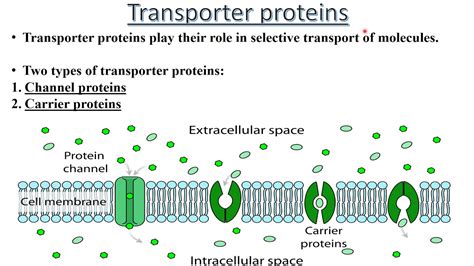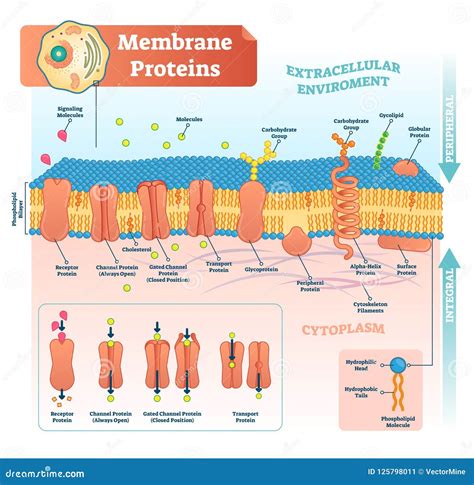protein chanel | what do channel proteins transport protein chanel Most channel proteins are made of several identical protein subunits which form a hydrophilic region in their center. Gated channels function by changing conformation upon . See more Inside Louis Vuitton’s First Airport Lounge In Doha, Qatar. Alex Carter. Alex has written for Vanity Fair, Barrons, Bloomberg and Condé. In a groundbreaking fusion of high fashion and elevated travel, Louis Vuitton, the epitome of French luxury, has revealed its first-ever airport lounge at Doha’s Hamad International Airport.
0 · what do channel proteins transport
1 · protein channels explained
2 · channel proteins vs carrier
3 · channel proteins examples
4 · channel proteins diagram
5 · channel proteins are involved in
6 · channel protein vs carrier protein
7 · channel protein biology
Level 6 – 5643. Level 7 – 10. Level 8 – 3897. Level 9 – 6502. Level 10 – 31545. Level 11 – 4465. Level 12 – 1492. Level 13 – 5121. Level 14 – 3905. Level 15 – 6538. Level 16 – 243. Level 17 – 661. Level 18 – 8675309. Level 19 – 21189. Level 20 – 3030. Level 21 – 7878. Level 22 – 1239.Roblox Doors - HOW TO GET TO THE NEW SECRET A-60 ROOMS. I SOMEHOW FIGURED THIS OUT ON MY OWN AND SOMEHOW GUESSED HOW TO OPEN THE GATE!Game link:.
what do channel proteins transport
chloe ting 2 week shred reddit
A channel protein is a special arrangement of amino acids which embeds in the cell membrane, providing a hydrophilicpassageway for water and small, polar ions. Like all transport proteins, each channel protein has a size and shape which excludes all but the most specific molecules. A generic channel protein is . See moreDepending on whether it is gated or non-gated, a channel protein has a slightly different function. A non-gated channel protein simple allows . See moreWhen your muscles contract, this is the result of the action of gated channel proteins within your muscle cells. These cells respond to the neurotransmitter acetylcholine, which is present in high amount as the end of nerve cells. At the synapseor space . See moreMost channel proteins are made of several identical protein subunits which form a hydrophilic region in their center. Gated channels function by changing conformation upon . See more
A channel protein is a unique arrangement of amino acids that is imbedded in the cell membrane and provides a hydrophilic pathway for water and tiny polar ions. As with all transport proteins, the size and form of each .
A channel protein is a special arrangement of amino acids which embeds in the cell membrane, providing a hydrophilic passageway for water and small, polar ions. Like all transport proteins, each channel protein has a size and shape which excludes all . A channel protein is a unique arrangement of amino acids that is imbedded in the cell membrane and provides a hydrophilic pathway for water and tiny polar ions. As with all transport proteins, the size and form of each channel protein excludes all .Ion channels are pore-forming membrane proteins that allow ions to pass through the channel pore. There are many different types of channel proteins in your body, and each one will only let specific types of molecules pass through. Just like a house with three doors that go to the back yard- one for your cat, a bigger doggie door for your St. Bernard, and a .
Channel proteins are integral membrane proteins that form pores or channels across the cell membrane, allowing specific molecules or ions to pass through by facilitated diffusion. These proteins are crucial for maintaining the cell's internal environment and play a .
There are two classes of membrane transport proteins—carriers and channels. Both form continuous protein pathways across the lipid bilayer. Whereas transport by carriers can be either active or passive, solute flow through channel proteins is always passive. Channel proteins facilitate the selective movement of ions and molecules across cell membranes, regulating physiological activities such as nerve signal transmission, muscle contraction, and water balance. What are Channel Proteins? Definition and Characteristics. Channel proteins are a subcategory of integral membrane proteins that form channels or pores in cell membranes for ions, water, or other small molecules to diffuse across.
protein channels explained
Allosteric regulation of ion channel proteins controls ion homeostasis in blood and extracellular fluids within narrow limits. Often, multiple integral proteins contribute to the formation of an ion channel. When stimulated, channel proteins rearrange to open a . At their most basic level, channel proteins are transmembrane proteins that form a pathway through which ions and molecules can move across a membrane. This pathway, or “channel,” is created by the protein’s structure, which is comprised of one or more subunits that form a pore in the membrane. A channel protein is a special arrangement of amino acids which embeds in the cell membrane, providing a hydrophilic passageway for water and small, polar ions. Like all transport proteins, each channel protein has a size and shape which excludes all . A channel protein is a unique arrangement of amino acids that is imbedded in the cell membrane and provides a hydrophilic pathway for water and tiny polar ions. As with all transport proteins, the size and form of each channel protein excludes all .
Ion channels are pore-forming membrane proteins that allow ions to pass through the channel pore.
There are many different types of channel proteins in your body, and each one will only let specific types of molecules pass through. Just like a house with three doors that go to the back yard- one for your cat, a bigger doggie door for your St. Bernard, and a .Channel proteins are integral membrane proteins that form pores or channels across the cell membrane, allowing specific molecules or ions to pass through by facilitated diffusion. These proteins are crucial for maintaining the cell's internal environment and play a .
There are two classes of membrane transport proteins—carriers and channels. Both form continuous protein pathways across the lipid bilayer. Whereas transport by carriers can be either active or passive, solute flow through channel proteins is always passive. Channel proteins facilitate the selective movement of ions and molecules across cell membranes, regulating physiological activities such as nerve signal transmission, muscle contraction, and water balance. What are Channel Proteins? Definition and Characteristics. Channel proteins are a subcategory of integral membrane proteins that form channels or pores in cell membranes for ions, water, or other small molecules to diffuse across.Allosteric regulation of ion channel proteins controls ion homeostasis in blood and extracellular fluids within narrow limits. Often, multiple integral proteins contribute to the formation of an ion channel. When stimulated, channel proteins rearrange to open a .


Nautige oma lemmiktegevust ja kinkige endale ostuseiklus Dokishop veebipoega, kus probleemid ja stress kaovad. Nautige oma lemmiktegevust ja kinkige endale ostuseiklus Dokishop veebipoega, kus probleemid ja stress kaovad. KOHE algab kõigi aegade suurim musta reede MÜÜK!! 🔥 Kuni -70% allahindlust! .
protein chanel|what do channel proteins transport




























